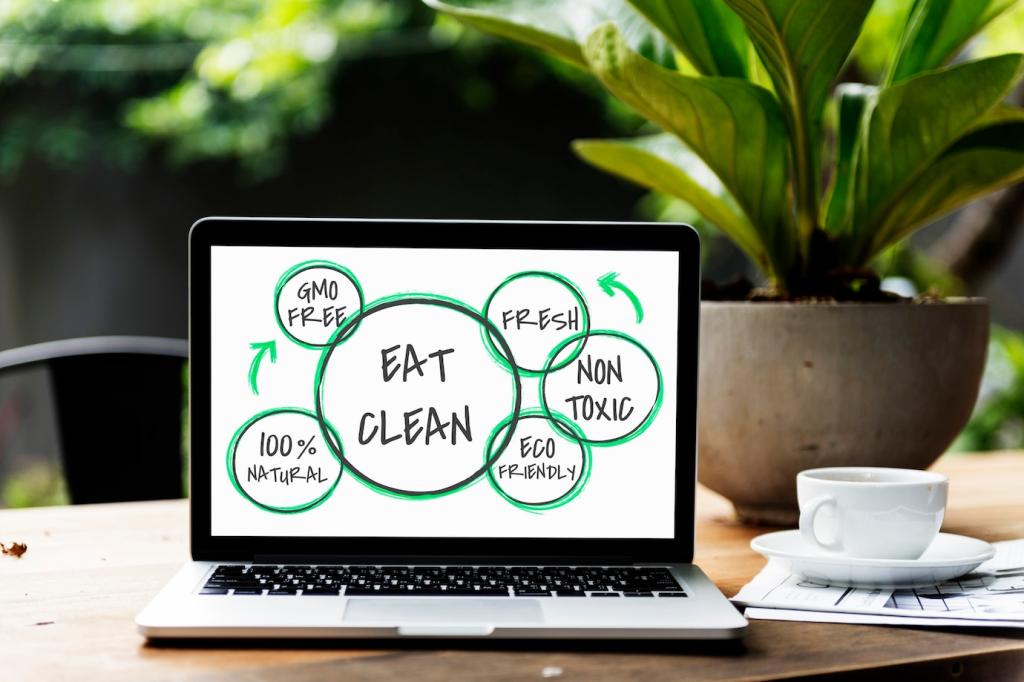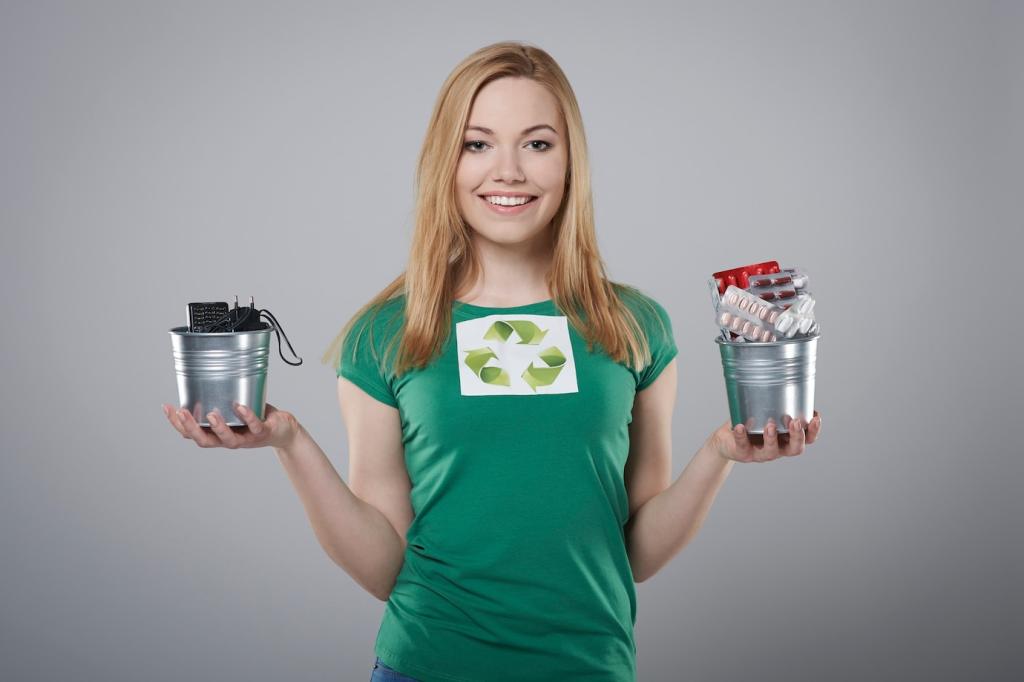Vegan Furniture Wax Alternatives: Shine Without Beeswax
Chosen theme: Vegan Furniture Wax Alternatives. Welcome to a kinder way to protect and polish wood—plant-powered finishes that glow beautifully, smell gentle, and respect animals and the planet. Stay with us, share your questions, and subscribe for fresh ideas and hands-on tips.






DIY Vegan Finish Recipes You Can Trust

Blend 1 part candelilla, 1 part carnauba, and 6–8 parts lightweight plant oil (try high-oleic sunflower or polymerized linseed). Gently melt waxes in a double boiler, stir in warm oil, and cool while whisking. Keep scents mild, test on scrap wood, and share your tweaks with readers.
Application Techniques for a Flawless Vegan Finish
01
Progress through grits thoughtfully—120 to 180 and finish around 220 for open-grain hardwoods. Vacuum dust, then wipe with a clean, dry cloth. Pores should feel clean, not slick. A well-prepared surface ensures your wax glides, bonds evenly, and showcases grain with quiet confidence.
02
Apply the thinnest possible layer with a soft pad or cloth, working with the grain. Let solvents flash, allow oils to set, then buff. Stacked thin coats outlast a single heavy one, reducing smears while building a protective, breathable shell that matures gracefully over days.
03
A reader restored her grandmother’s maple dresser with a candelilla-forward paste. After careful buffing in evening light, the birdseye figure awakened like ripples on a lake. Share your finishing stories, too—what rhythm, cloth, or pressure finally gave your piece that unforgettable glow?

Durability, Maintenance, and Real-World Expectations
They excel on low-to-moderate wear furniture: cabinets, dressers, frames, shelves, and accent tables. Expect a tactile, human finish you can refresh easily. For heavy-duty countertops, pair wax with a curing oil base, then schedule routine light maintenance to keep protection consistent and attractive.
Durability, Maintenance, and Real-World Expectations
Touch up high-contact zones every few months, or when sheen dulls and drag increases under the hand. Clean, apply a whisper-thin layer, wait, and buff. Keep a small tin labeled for each project, and note dates to learn your home’s ideal maintenance rhythm over time.
Health, Safety, and Sustainability Considerations
01
Low-VOC Choices and Honest Scents
Pick plant-derived solvents with low odor and transparent safety data. Fragrances can irritate, so consider unscented or very light essential oils. Ventilate well, cap containers promptly, and store away from heat. Tell us which low-VOC approaches helped you finish comfortably through winter months.
02
Allergy and Food-Contact Notes
Avoid nut oils if allergies are a concern, and prefer finishes labeled food-contact safe for cutting boards or toys. Carnauba-based blends can work beautifully on serving pieces when formulated appropriately. Always test on offcuts first and share any sensitivities, so the community can learn together.
03
Packaging and Provenance
Look for recyclable tins, minimal plastic, and clear vegan or cruelty-free statements from makers. Certifications like PETA Approved Vegan or Vegan Society can add confidence. If you’ve found responsibly packaged pastes or oils, drop a comment and help us compile a community resource.
